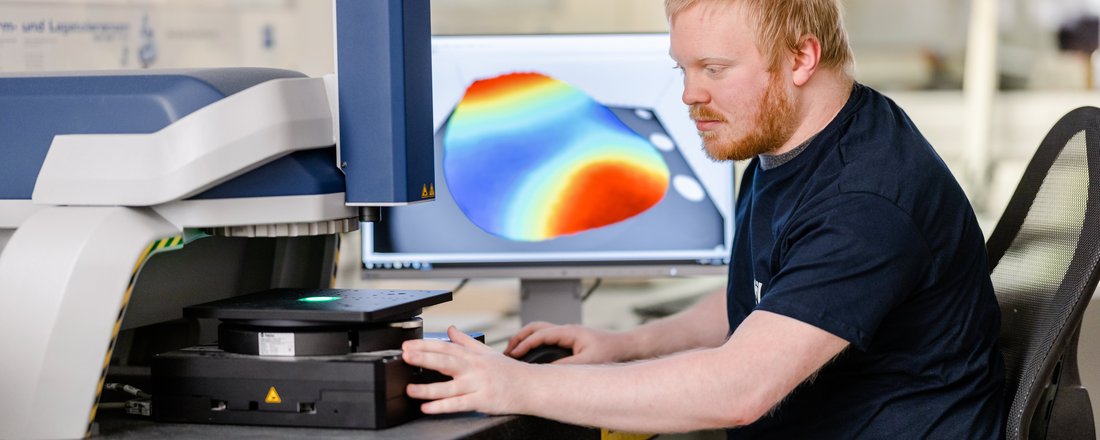Scanning electron microscopy with EDX analysis
This method allows microscopic images of object surfaces to be produced with a high depth of field. Typically, scanning electron microscopy is used at QSIL for microstructure characterization, for the investigation of layers and joints or for the analysis of defects or impurities.
Measurement of dielectric strength
Even the best insulation material cannot withstand the influence of a high voltage indefinitely. Above a certain voltage or after a certain time after the application of a high voltage, it irreversibly loses its insulating properties.
QSIL is able to determine the field strength and breaking point of materials insulation.
Transmission measurement
This method allows the determination of the transmittance of a medium for waves, e.g. sound waves or electromagnetic waves such as light, etc.
As a rule, QSIL uses transmission measurement to characterize the light transmission of its glasses from the ultraviolet to the infrared wavelength range.
Zeta potential determination
Zeta potential is a measure of the magnitude of electrostatic repulsion/attraction between particles and can be used to improve the formulation of dispersions, emulsions and suspensions.
Zeta potential measurement is mainly used by QSIL for the production of optimal suspensions for granulation by spray drying in the development of its own materials.


